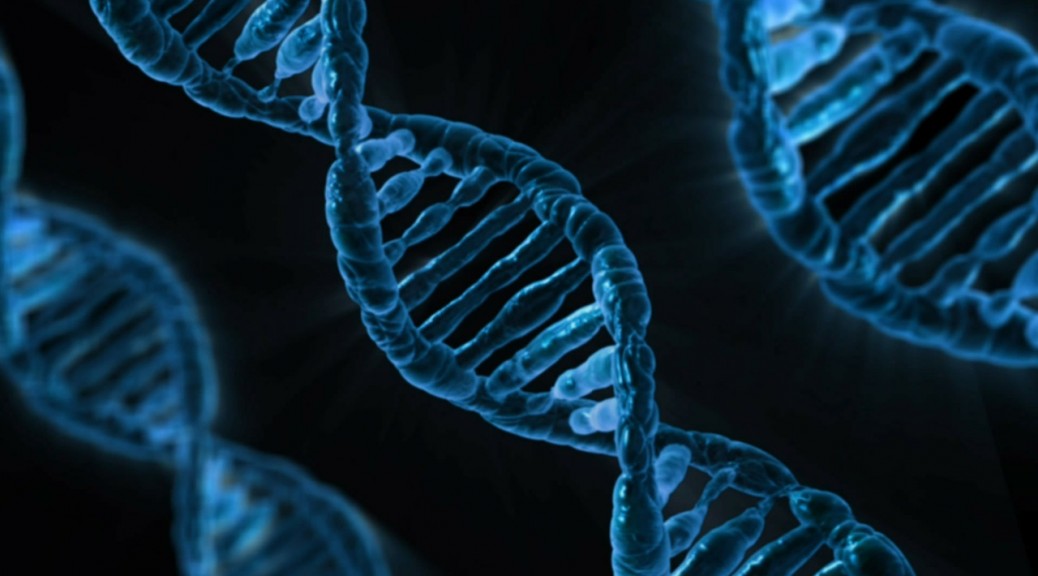How do you store your data? Flash drive? External hard drive? The Cloud? A Harvard scientist is trying to create a new, more organic storage space: DNA. The Los Angeles Daily News takes a look at this in a recent article titled “This Harvard scientist is coding an entire movie onto DNA.”
Emilie Munson of the Los Angeles Daily News writes, “What if all the information on the internet could be stored in a drop of liquid the size of a quarter? What if billions of copies of that information could be made in minutes? And what if it were guaranteed that all that information would be safe not just for your lifetime, but for millions of lifetimes? Sounds like wishful thinking, right? To Harvard genetics professor Dr. George Church, it sounds like the future. Church is one of the world’s premier DNA scientists. He made headlines recently for his research attempting to bring the wooly mammoth back from extinction. His many contributions since the 1980s include developing anti-cancer nano-robots and detectors for dark matter. Somewhat more obscurely, he’s the inventor of CRISPR, which allows scientists to elegantly cut and paste DNA, enabling the removal of undesirable chromosomes, among other applications. In 2014, scientists in Church’s lab successfully used CRISPR to cure mice of liver disease. Now, Church is focused on doing something no other scientist has succeeded in doing: coding a film onto tiny strands of DNA.”
Munson goes on to describe the process of coding the movie into DNA. She writes, “The DNA that Church is using to store ‘A Trip to the Moon’ is different from that found in living organisms. Instead, it is ‘unnatural DNA,’ crafted to be denser and more robust, perfected for storing high quantities of information. The process of coding the film to DNA is fairly complicated, but in simple terms, it goes something like this:
Every movie image is made up of hundreds of tiny pixels, each of a specific color. Church assigns each pixel a code made up of zeros and ones, for example 001001, based on its color. This code is then converted into adenine (A), cytosine (C), guanine (G) and thymine (T), the chemical bases that make up DNA.”
The things we can do with coding are truly fascinating. But no matter what wild things scientists and programmers do, there is one common thread: a quality coding education.
If you want to give your child a customized, high quality coding education, your best bet is CodeRev Kids. At CodeRev Kids, we emphasize computational thinking, which encompasses a wide range of programming concepts and languages. Our lessons build upon one another and we adjust starting points to each student’s level of expertise, making the entire curriculum customized. We may be known for having the most educational tech camp out there, but we also keep the focus on having fun. As a result, students stay engaged while learning to blend creativity with technology.
If you’re looking to take your child’s coding education to the next level, you can’t go wrong with CodeRev Kids!
